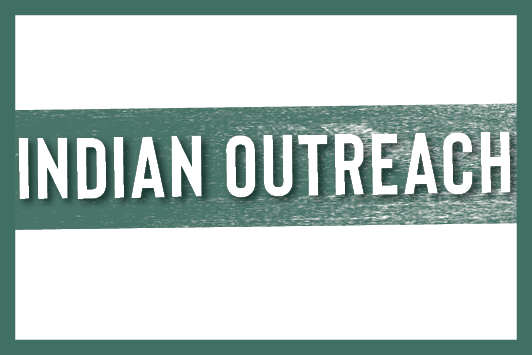
The modern Indian diamond industry had its genesis just over a century ago in Palanpur, a former princely state that is now a city in the state of Gujarat. That’s where the elders of eight Jain families met to decide on a course of action that would economically energize the region and help pull their people out of poverty. The diamond industry, they determined, was the best route to achieving this goal. In other words, the welfare of the community has been one of the motive forces driving the diamond sector from the get-go, coming from a people whose religion promotes caring for the well-being of others.
Today, almost every large Indian diamond company — and several medium and small ones — run social outreach initiatives. These include educational programs, hospitals, vocational training, funding for medical care, and even low-cost hospitality for those accompanying relatives getting life-saving treatments in cities like Mumbai.
The government has taken notice of these efforts. Surat-based firm Hari Krishna Exports, for instance, has gained official recognition for its community initiatives, with chairman Savji Dholakia receiving the Padma Shri award — one of India’s highest civilian honors — from the nation’s president.
Expanding an ethos
The Jains’ endeavors in Palanpur all those years ago were just the beginning. By the time World War II ended, the Indian diamond industry had several cutting and polishing facilities, mainly in Surat. The workforce came from outside the original Jain community, expanding the concept of social outreach to cover the region’s populace at large. The trade spread even further, crossing over to the international trading hub of Mumbai in the adjacent Maharashtra state.
Other groups from Gujarat got involved, as did several companies belonging to ethnic groups from outside the state. These non-Jain and non-Gujarati groups have absorbed the ethos of centering business around the welfare of their employees and the people who live in the outlying communities.
In 1999, the Indian gem and jewelry industry pooled its collective resources to help families of Indian military personnel, as the confrontation with Pakistan in the Kargil region of Jammu and Kashmir had left many without breadwinners. The financial, medical and material aid went through the newly-formed Gem & Jewellery National Relief Foundation (GJNRF). Spearheading the group were Pravinshankar Pandya — then chairman of the Gem & Jewellery Export Promotion Council (GJEPC) — and Ketan Parikh, who heads Ketan Brothers Diamondz Exports and was the first GJNRF chairman.
“For the first time, the whole country got to see the gem and jewelry industry as a single entity that was engaged in reaching out with a helping hand to the community at large,” relates current GJNRF chairman Sanjay Kothari. “While the individual outreach programs are all substantial and well-thought-out, it is important for us as an industry to be seen as having a community conscience...beyond our own industry and ethnic horizons.”
The group’s initial efforts included creating a defense welfare fund at the military headquarters in Delhi, which provided scholarships for the children of military staff every year. The foundation extended financial aid to war widows, set up computer centers in 11 army schools around the country, supplied medical equipment to army hospitals, and built a student hostel in Mumbai for the children of defense personnel.
Earthquakes, floods, and Covid-19
The GJNRF has also helped out with natural and economic disasters. It offered cyclone relief in the eastern state of Orissa in 1999, aided earthquake-hit areas of Gujarat in 2001, and has provided financial and material support for people affected by flood, drought and even terrorist attacks around the country. In addition, it funded scholarships for 32,000 children of diamond artisans when economic recession sapped their livelihoods in 2008.
The earthquake relief measures were particularly impressive, according to Kothari. They included immediate distribution of food and other necessities, and the rehabilitation of three entire villages — a project that involved constructing 1,400 houses and three hospitals, and rebuilding three schools that catered to a total of 5,000 students.
Recently, the foundation has pitched in with Covid-19 support measures. It began by distributing food and extending financial aid to daily-wage migrant workers, who were severely affected by lockdown measures during the first virus wave in 2020. It also supplied personal protective equipment (PPE) kits, masks and hand sanitizer to hospitals and police stations. When the lethal Delta variant hit the country last year, the organization helped strengthen medical infrastructure, providing ventilators, oxygen concentrators, multi-parameter monitoring and other life-saving equipment.
To date, the GJNRF has disbursed INR 800 million ($10.7 million) in relief and welfare measures. Of that sum, INR 165 million ($2.2 million) went toward pandemic aid. The foundation has the support of international organizations as well; the Gemological Institute of America (GIA) is a regular contributor.
With all of these efforts, the Indian diamond industry has remained firmly grounded in the concept that its progress rests not just on achieving milestones for itself, but also on promoting the greater good of society.
Article from the Rapaport Magazine - Special Report Blood Diamonds. To subscribe click here.